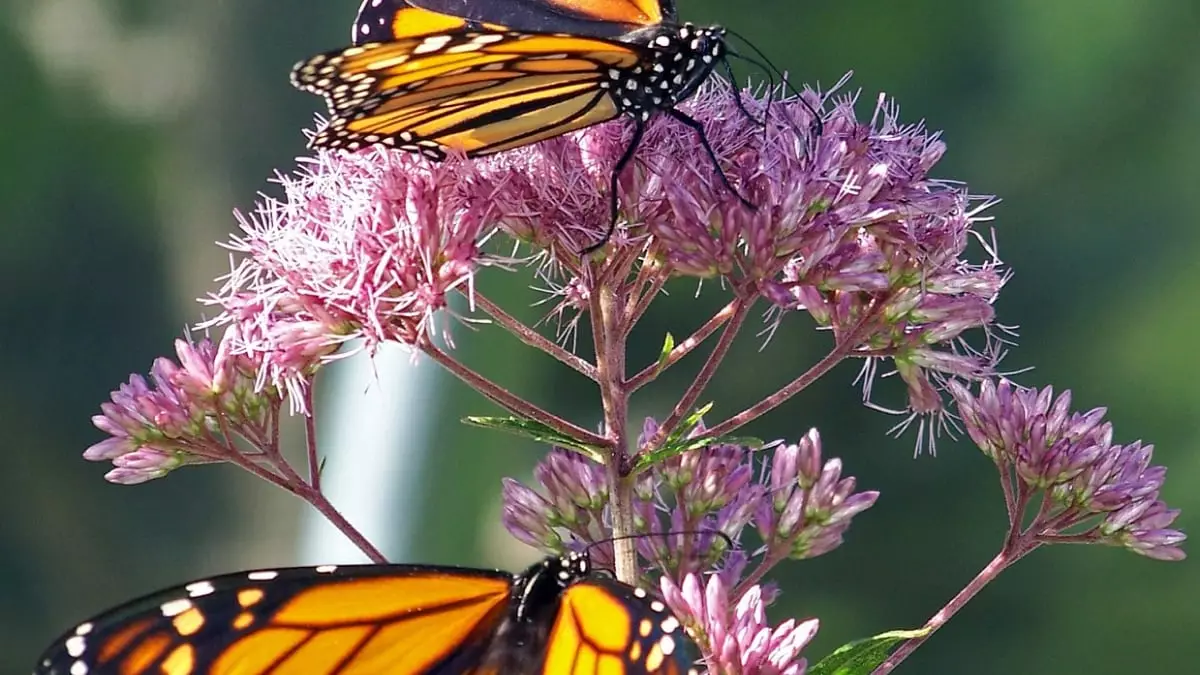The delicate relationship between the oyamel fir trees and the monarch butterfly highlights the complexity of ecosystem dynamics, particularly in the face of climate change. Monarch butterflies, renowned for their incredible migration journey, rely heavily on these trees for their winter sanctuary in central Mexico. However, the looming threat of climate change raises the possibility that these critical habitats could disappear by the century’s end. The ongoing project aimed at establishing new oyamel fir forests represents a crucial step in the conservation of these butterflies, acknowledging the pressing need to adapt to rapidly changing environmental conditions.
Researchers have embarked on an ambitious initiative that involves the relocation of oyamel fir seedlings to areas where they might have a better chance of survival as temperatures rise. This initiative is spearheaded by experts like Karen Oberhauser, a conservation biologist, and Cuauhtémoc Sáenz-Romero, a forest geneticist, who assert that moving tree species to higher elevations is vital for their future. By strategically planting hundreds of oyamel fir saplings approximately 100 kilometres from their native habitats, the project seeks to create viable environments that can withstand the predicted climatic shifts.
The initial findings demonstrate encouraging signs of vitality among the saplings. The young trees, which were planted on the Nevado de Toluca volcano, showed an impressive survival rate of 80% after three years, even at higher altitudes. Although these seedlings are smaller compared to their lowland counterparts, this adaptive strategy indicates resilience in the face of adversity. Such forestry practices exemplify a proactive approach to mitigating the impacts of climate change on critical habitats.
Collaboration with indigenous communities is integral to the success of this conservation effort. By engaging local stakeholders in the planting initiative, the researchers not only facilitate community involvement but also enhance the ecological knowledge needed for sustainable practices. Nevertheless, the task of securing support from governmental bodies remains a significant hurdle. Sáenz-Romero and his team recognize that challenges abound in garnering the necessary resources and public interest for furthering such ecological projects.
As the butterflies embark on their migration journey from Canada to Mexico each autumn, the question arises: will they find these newly established habitats? This inquiry gains importance in light of observations from the winter of 2023-2024, where some monarchs deviated from their traditional biosphere reserve in search of cooler locations. It underscores the adaptability of these butterflies but also emphasizes the urgent need for innovative solutions to ensure their survival amid a changing climate.
The effort to cultivate new oyamel fir forests is more than an isolated project; it represents a glimmer of hope for the survival of not only the monarch butterfly but the entire ecosystem that depends on the resilience of tree species facing climate challenges. The ongoing monitoring of these tree saplings and their interaction with migrating monarchs will provide valuable insights into the future of habitat preservation in an era marked by uncertainty. Commitment to adaptive conservation practices may eventually ensure the intertwining fates of these majestic butterflies and their life-sustaining trees endure for generations to come.


Leave a Reply